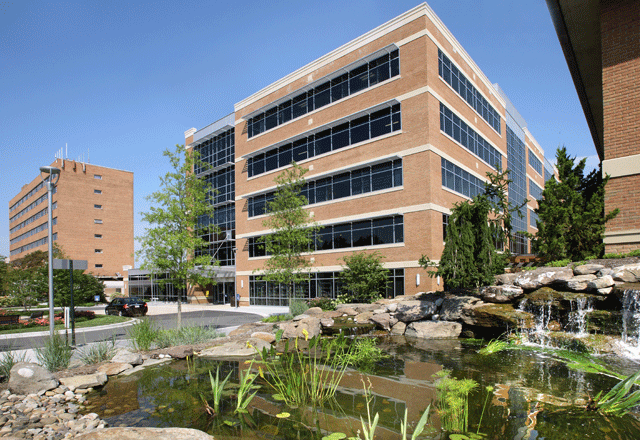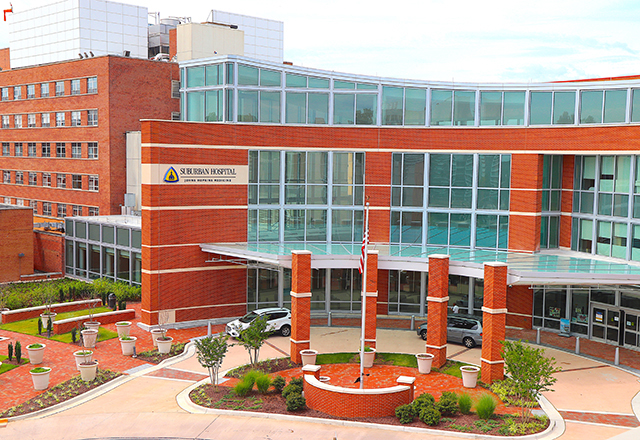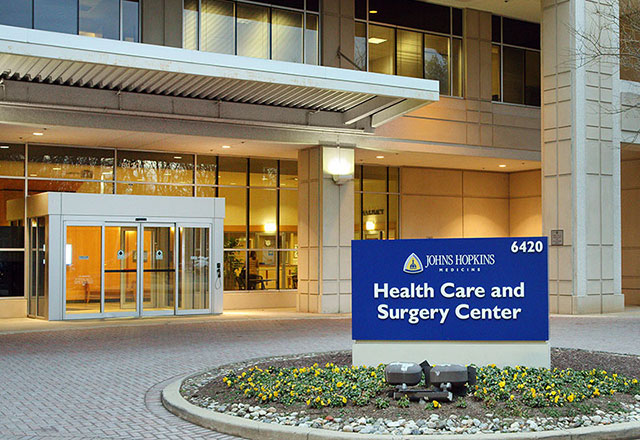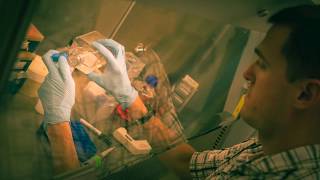Celebrate our 50th Anniversary by exploring our dedicated website for a treasure trove of memories and exclusive anniversary podcasts. Dive in now to be part of our
special celebration.
-
Johns Hopkins Proton Therapy Center
The Johns Hopkins Proton Therapy Center in Washington, D.C., is one of the largest and most advanced centers in the U.S.
-
News
Stay up to date with the latest developments in research and treatments from our experts. Subscribe to our blog, Podcasts, YouTube channel and follow us on Facebook, Instagram and Twitter.
-
Expert Teams
Our multidisciplinary teams of doctors, nurses, pharmacists, social workers, and advanced practice providers at Sibley Memorial and Suburban Hospital offer incomparable care for patients in the Washington, D.C., region.
Locations in the DC region



Patient and Family Services
The cancer program at Sibley Memorial Hospital offers a variety of programs and
resources to support you during your visits. Learn more about our patient and family services.



